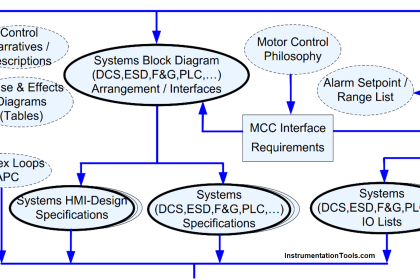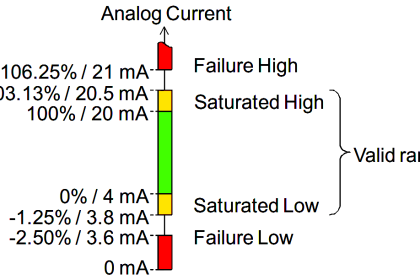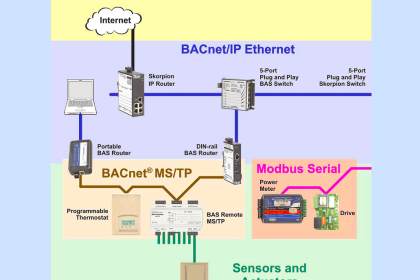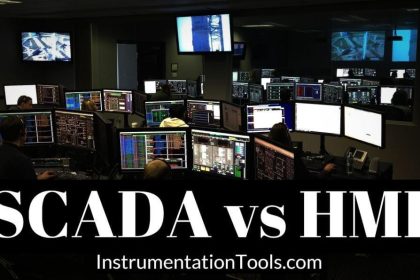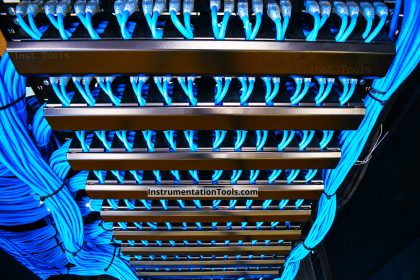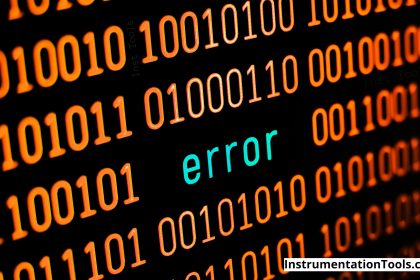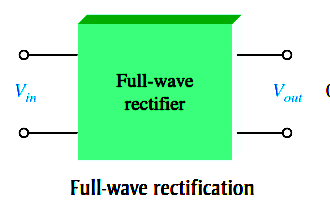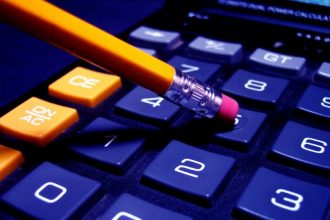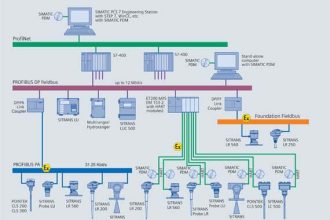Purpose of each Controller action
- Proportional action is the “universal” control action, capable of providing at least marginal control quality for any process.
- Integral action is useful for eliminating offset caused by load variations and process self regulation.
- Derivative action is useful for canceling lags, but useless by itself.
Limitations of each action
- Proportional action will cause oscillations if sufficiently aggressive, in the presence of lags and/or dead time. The more lags (higher-order), the worse the problem. It also directly reproduces process noise onto the output signal.
- Integral action will cause oscillation if sufficiently aggressive, in the presence of lags and/or dead time. Any amount of integral action will guarantee overshoot following setpoint changes in purely integrating processes.
- Derivative action dramatically amplifies process noise, and will cause oscillations in fastacting processes.
Special applicability of each action
- Proportional action works exceptionally well when aggressively applied to processes lacking the phase shift necessary to oscillate: self-regulating processes dominated by first-order lag, and purely integrating processes.
- Integral action works exceptionally well when aggressively applied to fast-acting, self-regulating processes. Has the unique ability to ignore process noise.
- Derivative action works exceptionally well to speed up the response of processes dominated by large lag times, and to help stabilize runaway processes. Small amounts of derivative action will sometimes allow more aggressive P and/or I actions to be used than otherwise would be possible without unacceptable overshoot.
Gain and phase shift of each action
- Proportional action acts on the present, adding no phase shift to a sinusoidal signal. Its gain is constant for any signal frequency.
- Integral action acts on the past, adding a −90 deg phase shift to a sinusoidal signal. Its gain decreases with increasing frequency.
- Derivative action acts on the future, adding a +90 deg phase shift to a sinusoidal signal. Its gain increases with increasing frequency.
